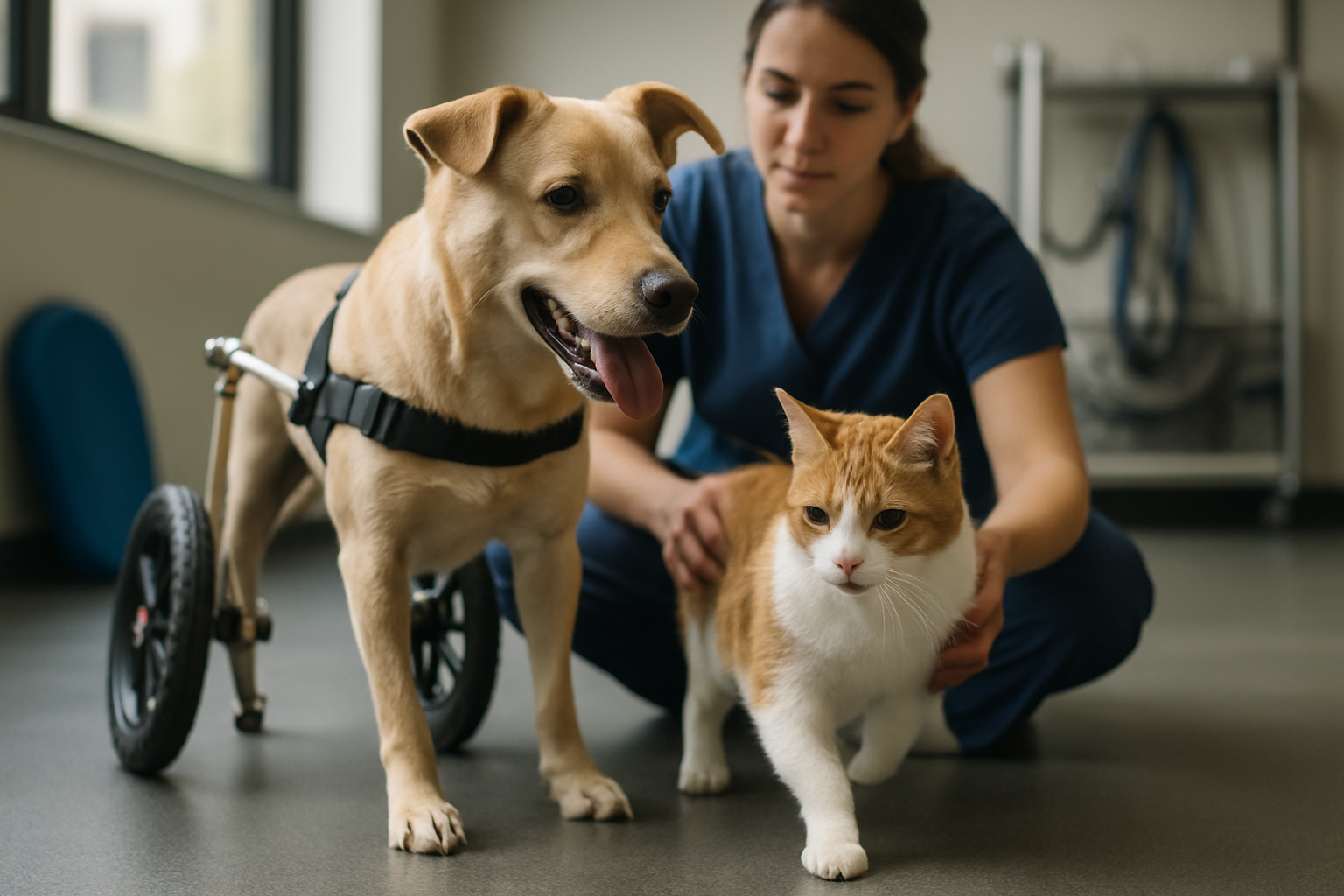Seasonal care tips for heat and cold stress
Seasonal temperature changes can create real risks for pets, from heat exhaustion in summer to hypothermia in winter. Awareness of early signs, adjustments to daily care, and small routine changes can reduce stress and protect health. This short guide highlights practical steps for hydration, nutrition, grooming, safety, first aid, and special care for older animals so owners worldwide can adapt care to changing weather.

Seasonal shifts bring predictable stresses for companion animals, but informed routines make a large difference. Heat and cold affect pets differently depending on species, breed, age, body condition, and health status. This article focuses on concrete, practical measures to reduce heat- and cold-related stress, identify warning signs early, and adjust common care routines so animals stay comfortable and safe through seasonal extremes.
Hydration: managing water for heat and cold
Maintaining proper hydration is the most important step for preventing heat stress. During hot weather, increase water availability by placing multiple bowls around the home and offering fresh water frequently; consider placing bowls in shaded outdoor spots. For long walks or travel, carry a portable water bowl. Cold weather can also reduce drinking, especially if outdoor water freezes; provide indoor water sources and check bowls regularly. For both seasons, watch for signs of dehydration such as dry gums, excessive panting, lethargy, or reduced skin elasticity, and contact a veterinarian if these signs appear.
Safety: recognizing signs of heat and cold stress
Heat stress signs include heavy panting, drooling, weakness, bright red or pale gums, vomiting, and collapse. Avoid exercising pets during peak heat and provide shaded rest areas and cool flooring. Cold stress signs include shivering, slow movement, whining, cold extremities, and stiffness. Limit outdoor time in very cold conditions, and use insulated bedding and windproof shelter for pets kept outdoors. In both cases, act quickly: move the animal to a comfortable environment and monitor breathing and responsiveness; severe signs require emergency veterinary care.
Nutrition: diet adjustments by season
Seasonal conditions can change energy needs. In hot weather many pets eat less—offer smaller, more frequent meals and focus on easily digestible, nutrient-dense foods to maintain weight and energy. In cold weather, active outdoor pets may burn more calories; discuss slight caloric increases with your veterinarian if weight loss occurs. Keep an eye on body condition and maintain routine feeding times. For all seasons, avoid sudden diet changes and ensure any adjustments are gradual and veterinarian-approved, especially for pets with medical conditions.
Grooming: coat care for temperature control
Grooming affects thermoregulation. Regular brushing removes dead hair and helps airflow in both hot and cold seasons. In hot months, careful trimming can reduce insulating bulk for long-haired breeds, but shaving certain double-coated breeds can interfere with natural temperature regulation—consult a groomer or vet before major cuts. In cold months, maintaining a healthy coat with brushing prevents matting, which reduces insulation. Keep paw pads trimmed and check for ice buildup or salt exposure after winter walks; rinse paws and dry thoroughly to prevent irritation.
First aid: immediate steps for heat and cold stress
For suspected heatstroke, move the pet to shade or an air-conditioned area, offer small amounts of cool (not ice-cold) water, and apply cool wet towels to the body and paws while avoiding over-cooling. Monitor breathing and heart rate and seek veterinary care quickly. For hypothermia, warm the animal gradually with blankets and a warm (not hot) water bottle wrapped in cloth; avoid direct hot sources that can cause burns. In both situations, limit exertion and get professional veterinary assessment as soon as possible because internal complications can follow apparent recovery.
Senior care: extra precautions for older pets
Senior animals are more vulnerable to temperature extremes due to reduced metabolic reserve, chronic disease, and thinner coats. Check older pets frequently for changes in appetite, mobility, respiration, and response to temperature. In heat, provide cool resting places and reduce exercise intensity; in cold, add insulated bedding, clothing when appropriate, and shorter outdoor exposures. Regular veterinary checkups help identify underlying conditions that affect thermoregulation so care strategies can be tailored to each animal’s needs.
Seasonal care for heat and cold stress centers on prevention, early recognition, and appropriate immediate responses. Adapting hydration, grooming, feeding, and safety routines for changing temperatures reduces risk, and extra vigilance for seniors or animals with health issues is important. When in doubt about symptoms or appropriate care, consult a veterinarian for guidance tailored to your pet’s species, breed, and medical history.





